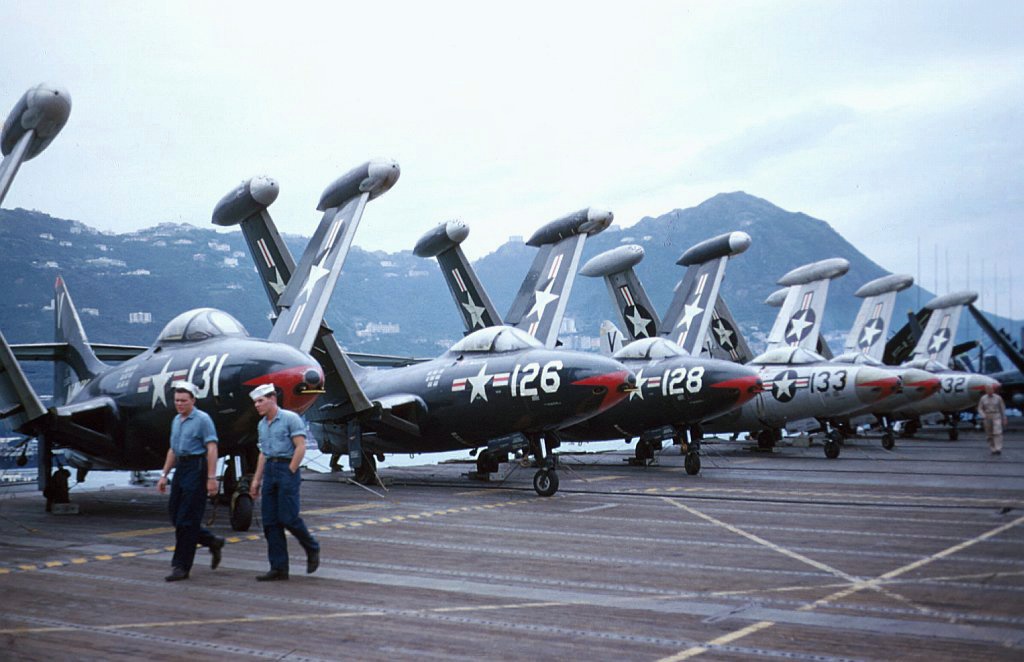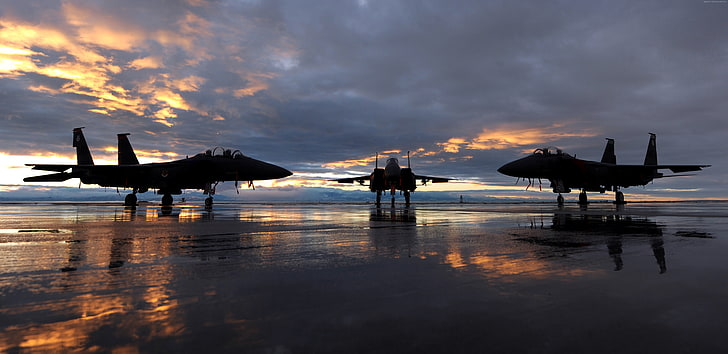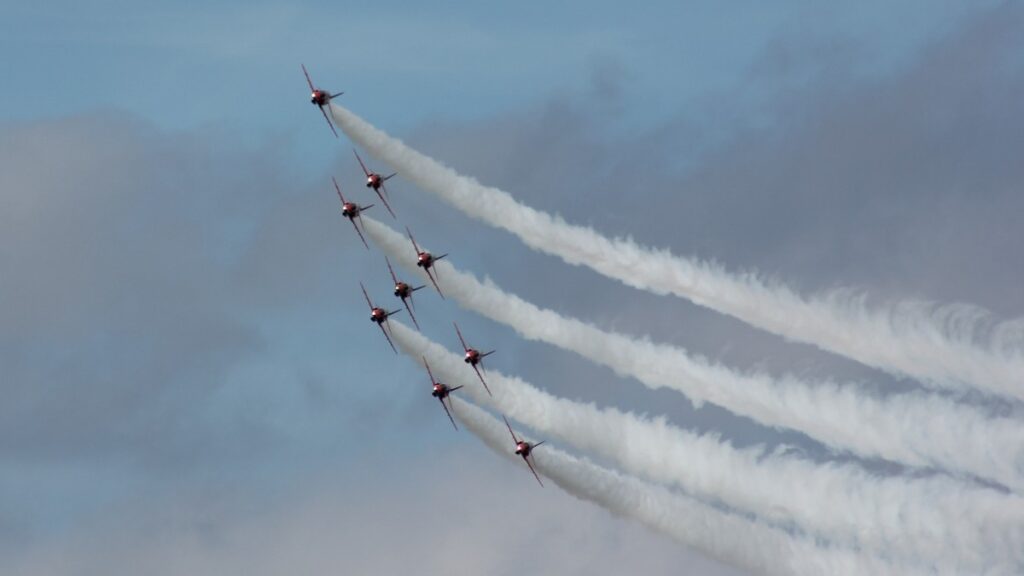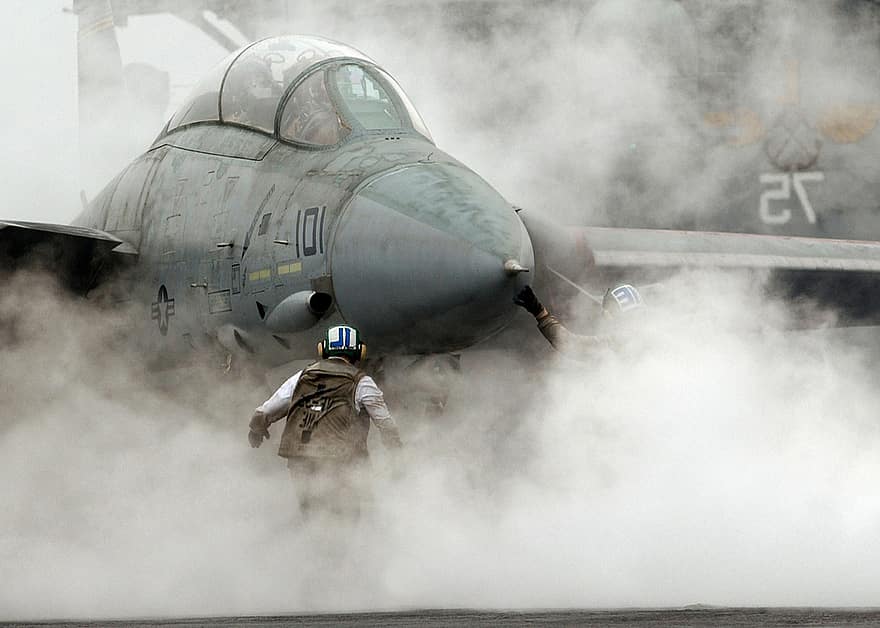
Following World War II, the United States Navy initiated a transition from piston-engine aircraft to a new breed of jet-powered fighters. Among the pioneering jet aircraft operated by the Navy and Marine Corps was the Grumman F9F Panther. This aircraft was instrumental in establishing American aerial dominance during the Korean War, marking a significant phase in the evolution of military aviation.

Development of the F9F Panther began in April 1946 when Northrop Grumman was awarded a contract to develop a jet plane capable of taking off and landing on an aircraft carrier. First designated XF9F-1, it went through several changes before emerging as the XF9F-2, a single-seat, single-jet day fighter powered by a Rolls-Royce Nene jet engine. The XF9F-2 first flew on 21 November 1947.
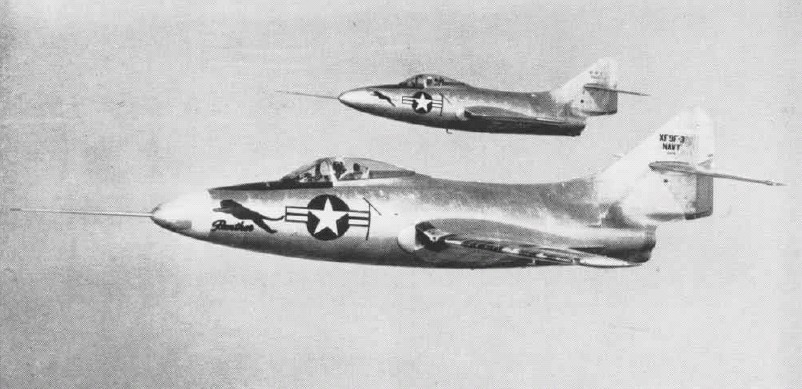
Further refinements gave birth to the F9F-4, powered by an Allison J33 engine, and lastly, the F9F-5, with a Pratt & Whitney J48. In May of 1949, the Navy’s fighter squadron VF-51 became the first unit equipped with the F9F-3 variant of the Panther.
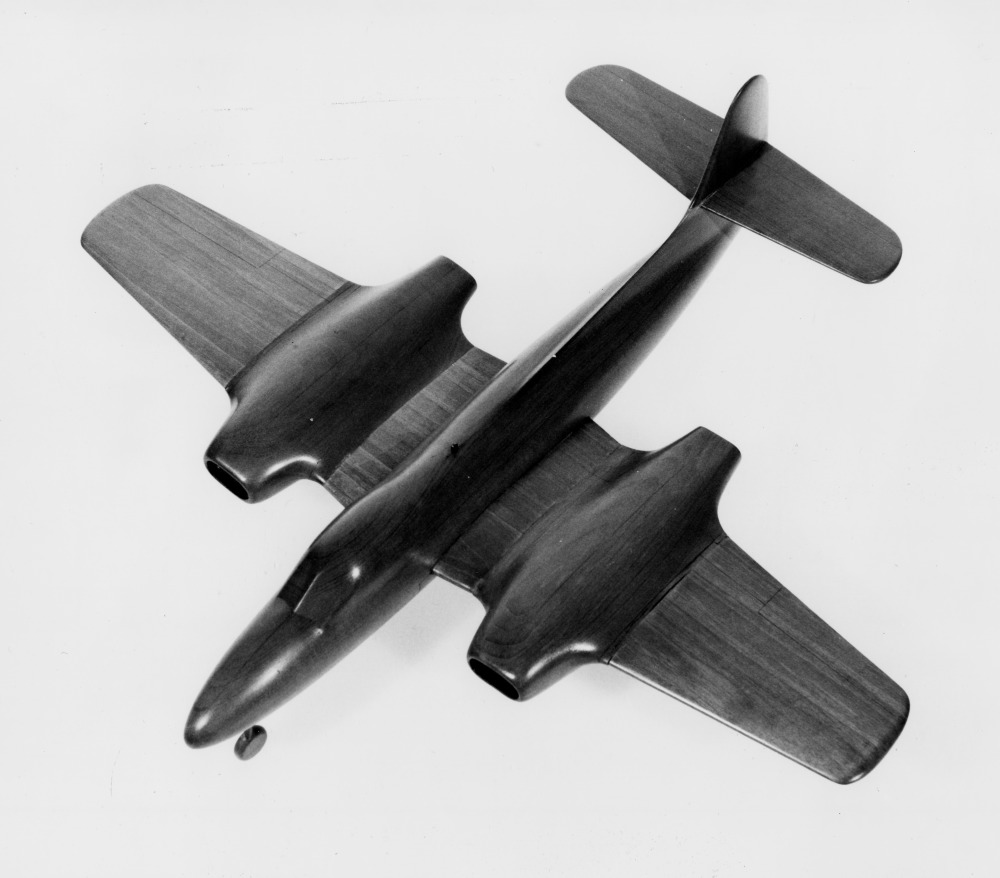
The Grumman F9F Panther proved its mettle in combat during the Korean War. On July 3, 1950, Lieutenant Leonard H. Plog and Ensign E. W. Brown shot down two North Korean YAK-9s in their F9F Panthers, thus recording the first kill for a carrier jet by the United States Navy and Marine forces. Later that year, William T. Amen would score the first confirmed kill on a Soviet-piloted MiG-15 while flying an F9F Panther.
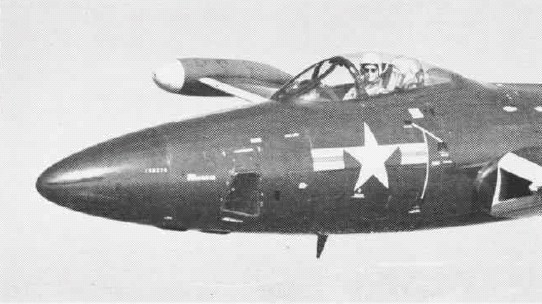
During the Korean War, F9F Panthers were credited with destroying 11 enemy aircraft without a single loss to opposing aircraft in aerial combat. By the war’s end, most of the fighter inventory on carrier decks were some variant or another of the F9F; by 1953, the end of production, 1,385 jets had been delivered to the Navy.
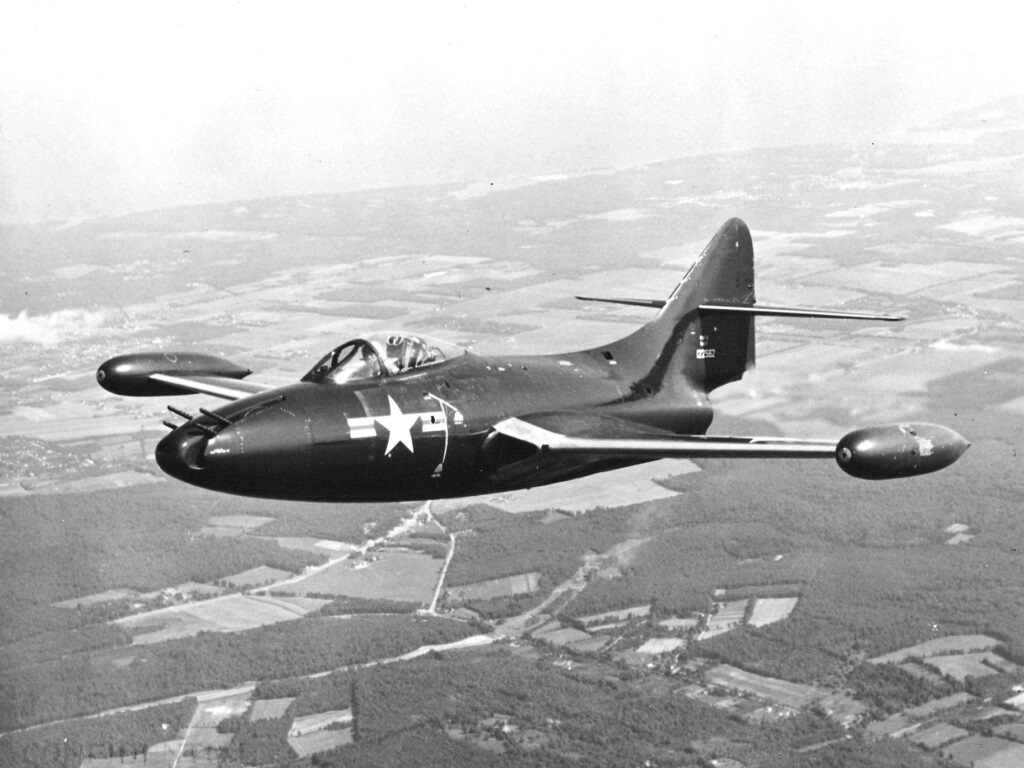
The F9F Panther also made its mark on the world of aerial acrobatics. In 1949, the Navy’s flight exhibition team, the Blue Angels, received the F9F-2 variant, which was their first jet-propelled aircraft. Until its replacement with the F11F Tiger in 1957, the team flew variations of the F9F.
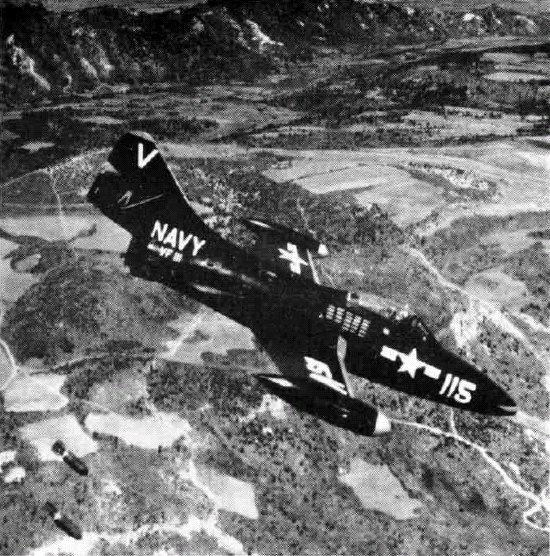
The list of the more famous pilots flying the F9F Panther during the Korean War includes NASA astronauts John Glenn, the third American in space, and Neil Armstrong, the first man to walk on the moon.
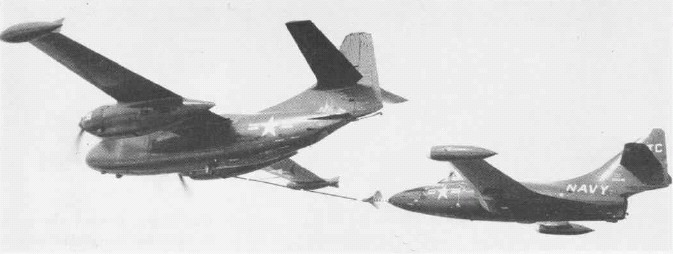
Although the F9F Panther enjoyed only a short run as the Navy and Marines’ carrier jet extraordinaire, units retiring the aircraft by 1958, its influence on the future of jet-engine technology cannot be minimized. Developmental research leading to the creation of the F9F Panther provided invaluable lessons to aircraft engineers working on some of the very first jet-propelled planes.
Related images you might be interested.
